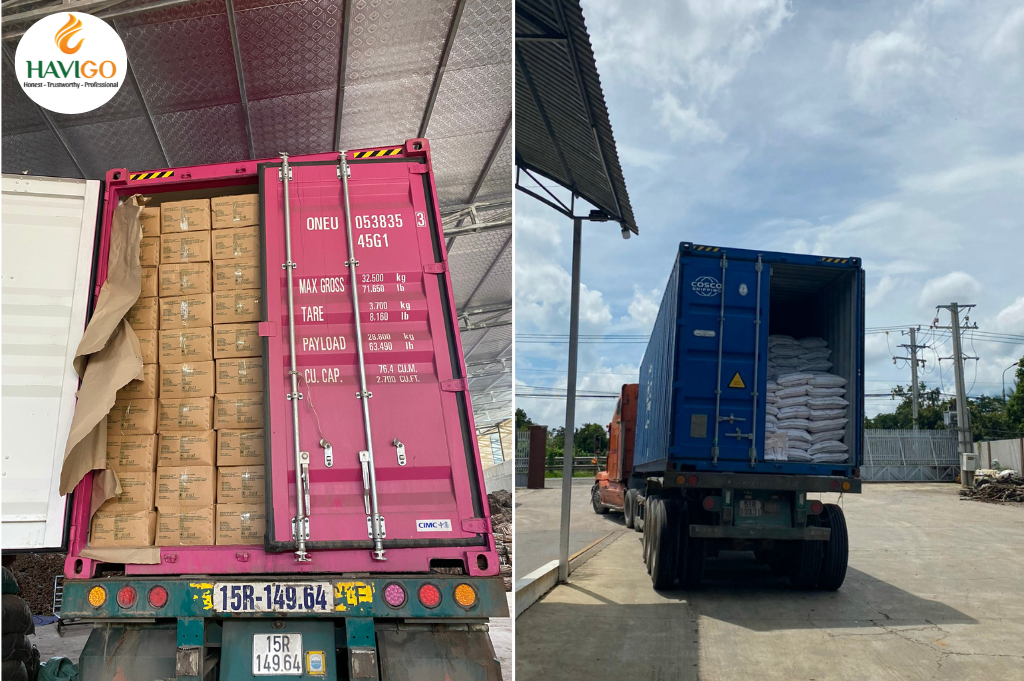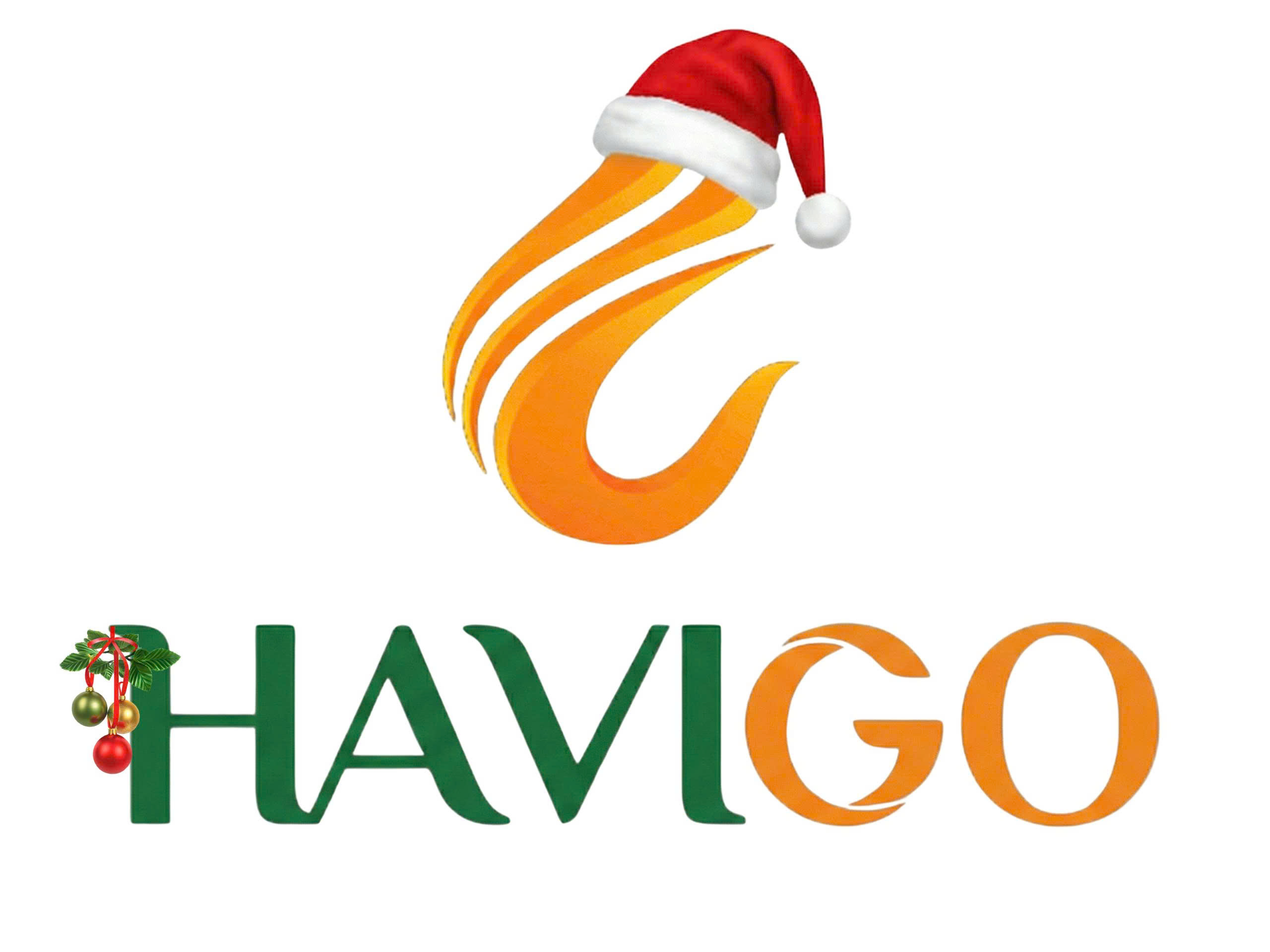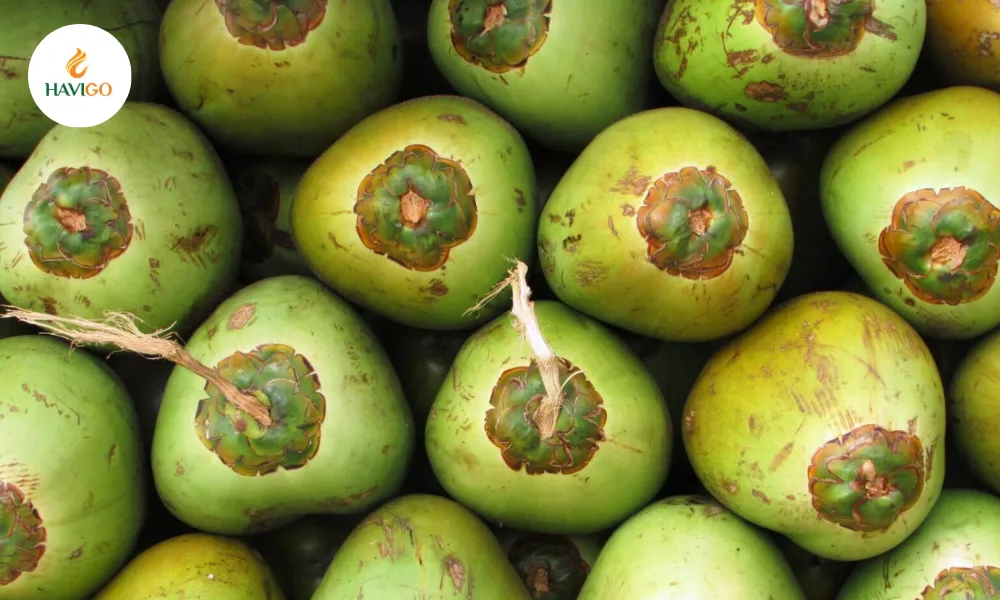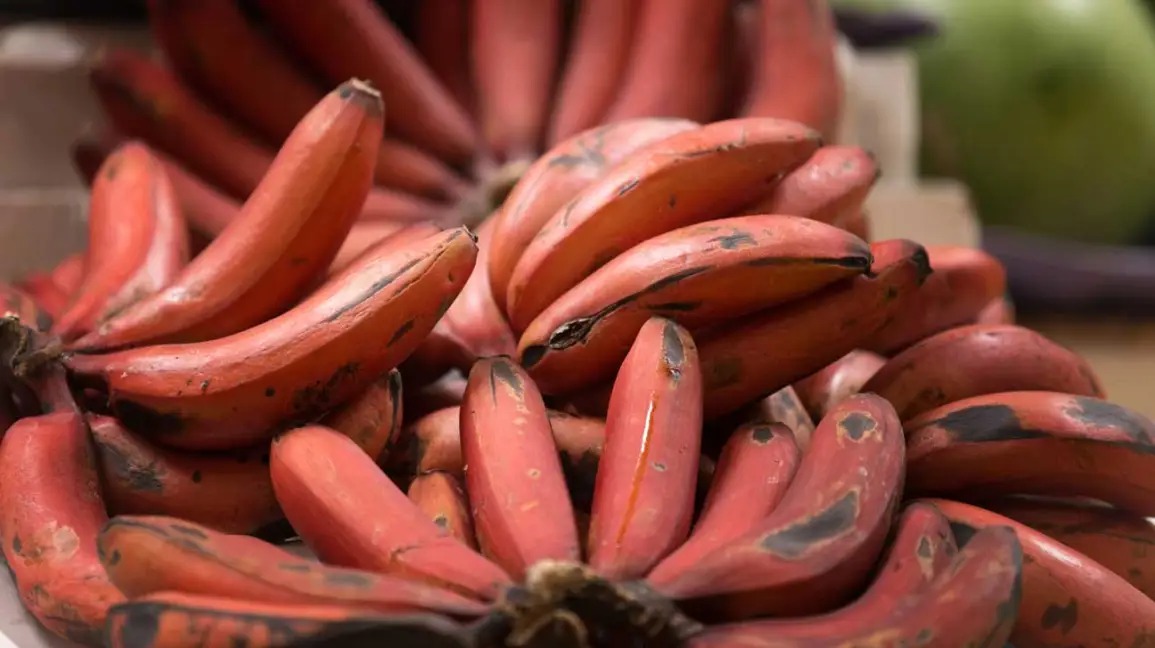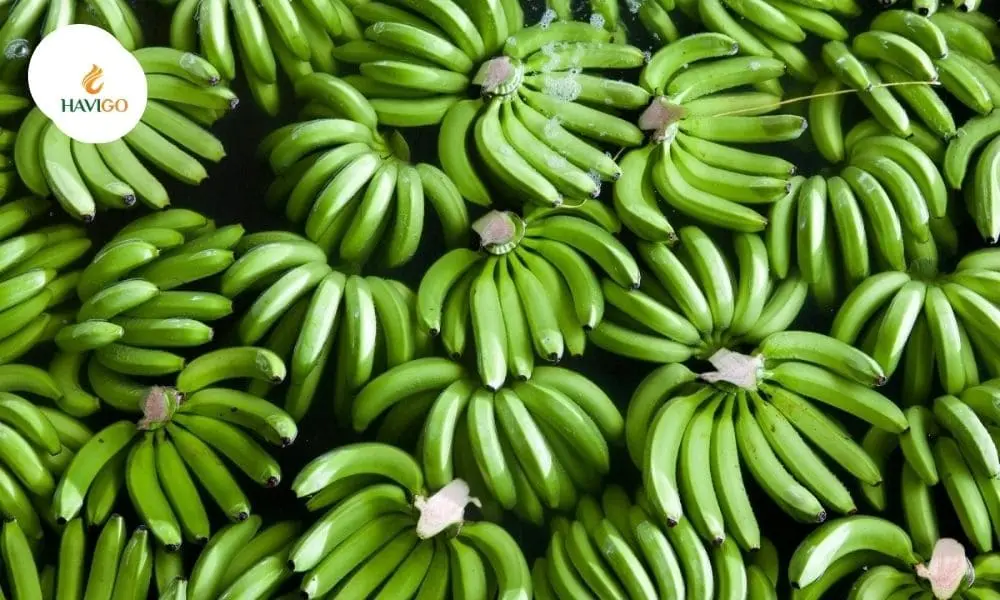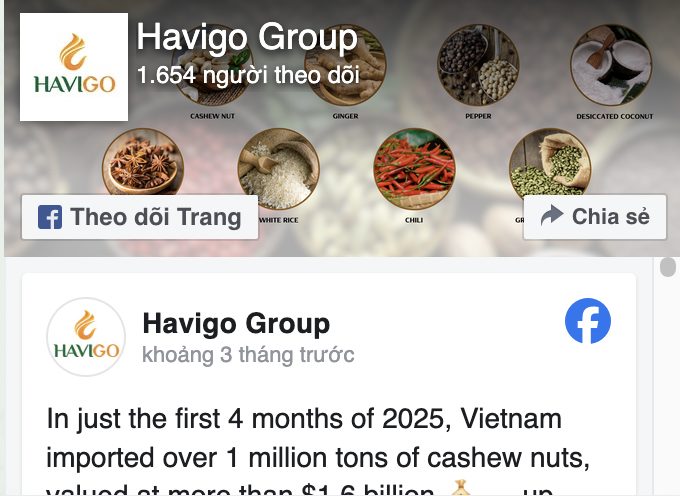People all around the world love Vietnamese cassia cinnamon. This spice is made from the dried inner bark of the cassia tree. When the bark is dried, it forms hard curled sticks. Vietnam cassia is widely famous for its quality and price and is always the best choice among the spices world. In this post, we will discover everything about this aromatic spice!
1. Vietnam – The leading exporter of Cassia Cinnamon
Vietnamese cinnamon has been exported to nearly 100 countries around the world, accounting for 95% of the market share of the Indian market, 36.5% of the US and 35% of the European market. In 2023, Vietnam exported nearly 90,000 tonnes of cinnamon and earned about over 260 million USD, up 14.6% in volume. For years, Vietnam has been the biggest exporter of cassia to big markets: India, USA, Bangladesh, Indonesia, South Korea and so on…
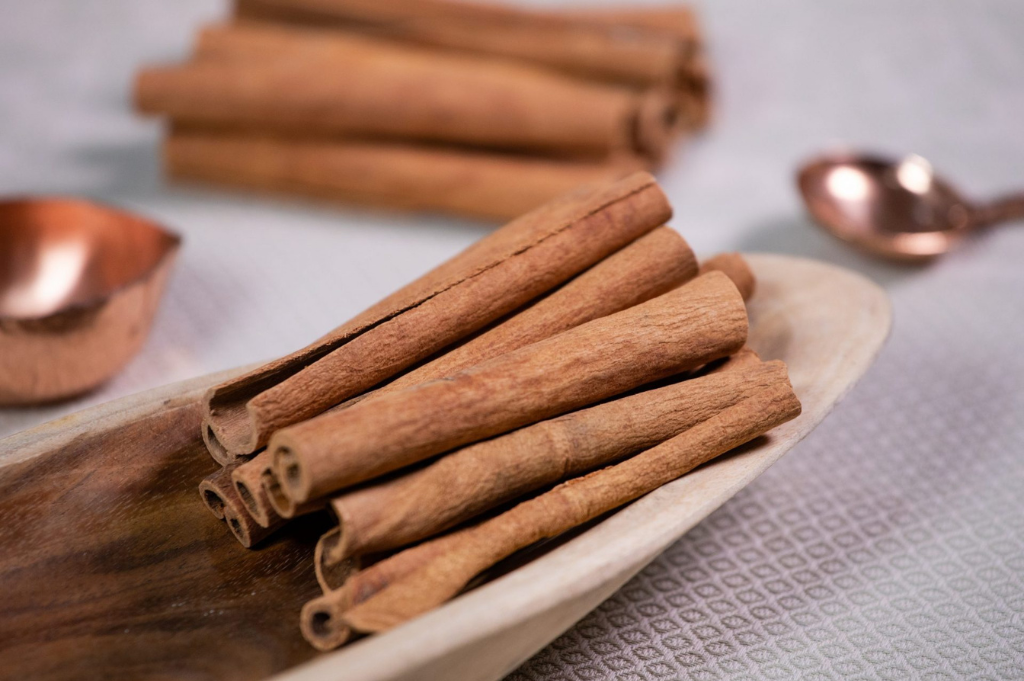
2. Yen Bai – The homeland of premium Cassia
Vietnamese cassia cinnamon has its roots in the lush landscapes of Southeast Asia, especially in Vietnam. A famous fact is that it thrives in the northern province of Yen Bai. This province dominates cassia production, accounting for 70% of the total growing area and export volume in Vietnam.
Located in the north of Yen Bai province, Van Yen district boasts forestry land covering 75% of its terrain. The mountainous landscape and climate here provide an ideal environment for cultivating cassia cinnamon trees. Interestingly, the Dao minorities have been the primary cultivators of these cinnamon trees in the region. Whereas Yen Bai is the homeland of cassia, Van Yen district is the heart of the whole growing region!
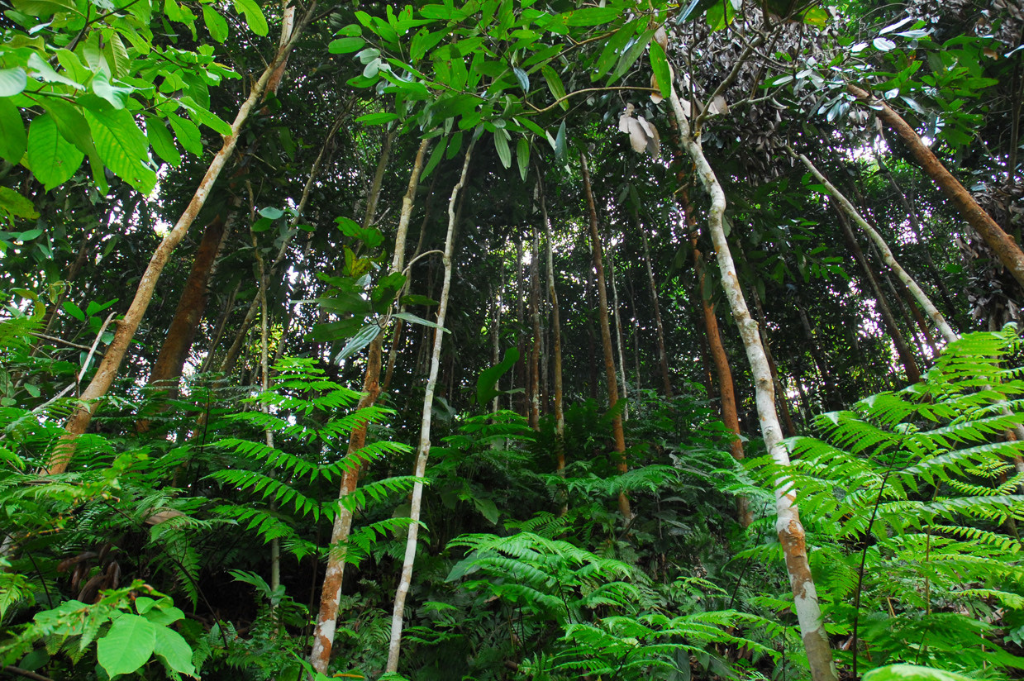
So, when you think of Vietnamese cassia cinnamon, envision the mist-covered hills of Yen Bai and the skilled hands of local farmers nurturing this fragrant spice!
3. How to find out Ceylon and Cassia Cinnamon
When people mention cinnamon, it’s common for people to think that all cinnamon is the same. However, there are 2 main kinds of cinnamon: Ceylon & Cassia. Let’s explore the differences between them.
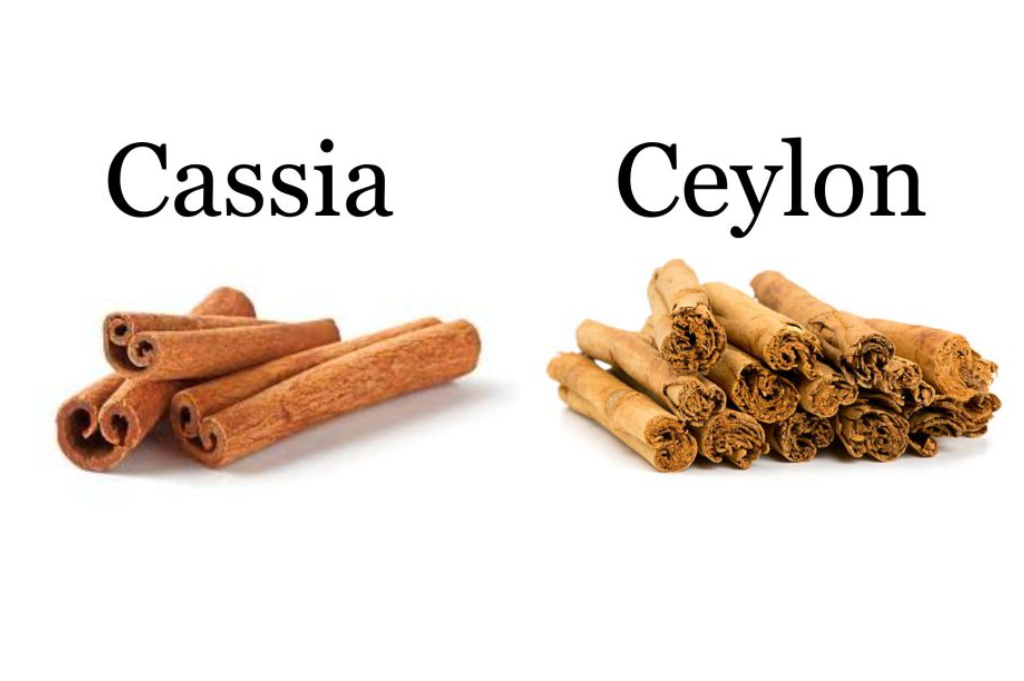
Ceylon cinnamon originates from Sri Lanka and southern parts of India. It has a tan-brown color with tight sticks and soft layers. The flavor is delicate and mildly sweet, making it suitable for desserts. This spice contains approximately 50–63% cinnamaldehyde (the essential oil compound responsible for its aroma).
Differently, cassia cinnamon comes from the Cinnamomum cassia tree. Its characteristics are a dark brown-red color with thicker sticks and a rougher texture. The flavor of cassia cinnamon is strong and spicy, primarily due to its higher cinnamaldehyde content (about 95%). Cassia cinnamon is widely consumed worldwide and is commonly found in most supermarkets today.
In summary, choose ceylon cinnamon for a milder, premium experience, or opt for cassia cinnamon for a stronger flavor that is more readily available in everyday cooking.
4. How to process high-quality Yen Bai Cassia
The ethnic minorities have a rich tradition of growing cassia. Cassia gardens are often passed down from generation to generation, serving as both a gift and a financial resource.
Cassia has two primary harvesting seasons: spring (March to May) and late summer (August to October). Farmers wait until the bark becomes loose from the wood inside before harvesting. They can choose to cut down entire trees (white harvest) or selectively remove bark while keeping the trees alive (a common practice).
Processing steps:
Step 1 – Harvesting: The cassia cinnamon tree is ready for harvesting 8-10 years after planting, however, 15 years is ideal for the best quality. Farmers will cut off branches and fall the entire tree. Farmers typically harvest cinnamon twice a year, right after the rainy season, as humidity causes the bark to peel off more easily.
Step 2 – Processing: Manual processing can account for up to 60% of the total cost of cinnamon production. Using a sharp knife, skilled workers peel the rough outer bark away to reveal the soft inner bark inside. Different final products will require additional steps during the cinnamon production process.
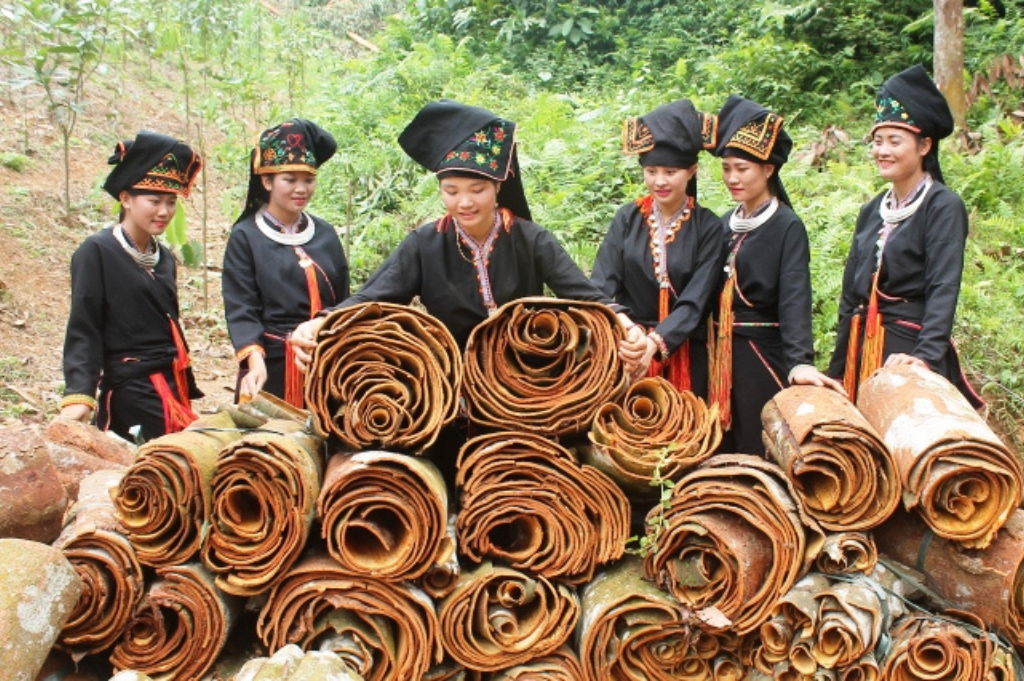
Step 3 – Drying: The removed barks, known as quills. These parts will be dried in the shade for four to five days to prevent them from losing shape. Later, they will be exposed to sunlight until completely dry.
Step 4 – Grading: Inside factories, workers grade cinnamon based on its thickness, appearance, and essential oil content.
Step 5 – Cutting & Grinding: Cut cinnamon bark to appropriate lengths for different types. For example, tube cinnamon measures 30 to 45 centimeters long, whereas cigarette cinnamon measures only 8 to 10 centimeters. In cases where the final product is powder form, the barks will be ground into a fine powder.
There are many kinds of cassia such as whole tube, split, stick, cigarette, broken, pressed…
Step 6 – Packing: Pack cinnamon quills in moisture-proof bags or carton boxes to prevent breakage.
Yen Bai’s sustainable approach to cassia production emphasizes quality, environmental consciousness, and community heritage.
5. The unique characteristics of Yen Bai Cinnamon
Vietnam cinnamon is grown in the lush landscapes of Yen Bai province so it boasts unique characteristics in aroma, flavor and quality. Firstly, it has an overpowering perfume, evocative of clove and nutmeg. Its sweet and spicy scent is truly captivating. Next, unlike other varieties, Yen Bai cinnamon offers a rich, robust flavor with warm, spicily sweet notes. It lingers on the palate, making it a prized spice for culinary creations.

Last but not least, Yen Bai’s sustainable cultivation practices contribute to its superior quality. The dark brown color and thick bark with deep ridges distinguish it from other cinnamon types. That’s why Yen Bai cassia is always considered to be the best cassia cinnamon in the world.
6. Did you know: How to use Cassia to get a better life?
It’s easy to realize that cassia cinnamon has versatile uses in both culinary and non-culinary contexts. Besides a spice in dishes to boost the flavor, people use cassia as a health-enhancing material.
First, let’s find out the culinary uses of this spice.
- Savory dishes: Cassia pairs well with savory dishes too! People it in stews, curries, and marinades.
- Baking: Cassia cinnamon adds warmth and depth to baked dishes like cinnamon rolls, cookies, and apple pies.
- Beverages: Sprinkle it into your morning coffee, chai tea, or hot cocoa for a delightful twist.
- Desserts: From rice puddings to ice creams, cassia cinnamon enhances sweet treats.

Did you know: that a trio of spice ingredient that makes up the broth of Pho – a must-try food in Vietnam – are cassia cinnamon, star anise and black cardamom.
Secondly, let’s emerge in non-culinary applications of this single herb.
- Potpourri and aromatherapy: Its rich aroma makes cassia a popular choice for potpourri and essential oil blends.
- Natural pest repellent: Cassia sticks can deter ants and other pests due to their strong scent.
- Traditional medicine: In some cultures, people use cassia for its potential health benefits, including digestive support and anti-inflammatory properties.
Cassia is a versatile spice with various uses in life, adding flavor to our lives!
7. Property ways of storing Cassia Cinnamon
People know that cassia cinnamon is a valuable spice with many uses and benefits. So it’s important to know How to store cassia cinnamon:
First, you should store cassia cinnamon in an airtight jar and be away from direct sunlight. A cool, dry pantry or cupboard is ideal. Moreover, avoid moisture. Moisture can lead to mold growth. Keep cassia away from humid environments. These methods work for the solid form of cassia.
However, if you have ground cassia, we have a recommendation for you. Ground cassia loses potency faster. Therefore, it’s better to use it within six months for optimal flavor.
So, storing cassia is not so hard, and you should follow the basic steps to keep cassia last up to 2 years!
8. Cassia helps to boost the overall health
Cassia cinnamon is not only spice, it also offers several health benefits:
Diabetes management: Research suggests that cassia contains a high content of a chemical called hydroxychalcone. It may improve insulin sensitivity and help control blood sugar levels in people with diabetes.
Neurological support: Cassia contains cinnamaldehyde, a compound that may have neuroprotective properties.
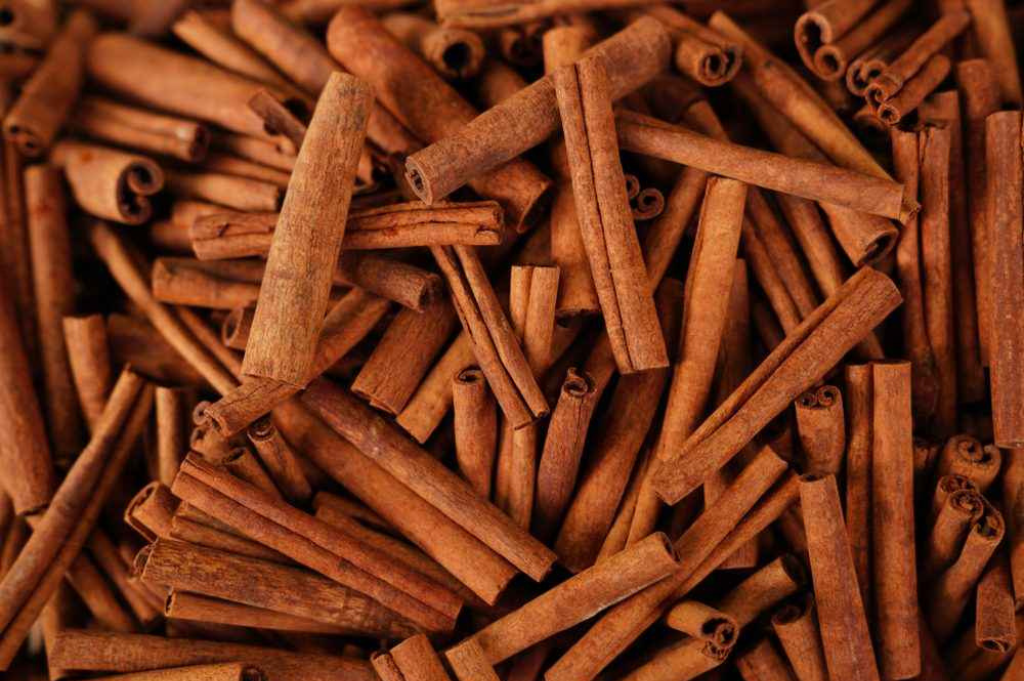
Antibacterial & antimicrobial properties: The spice’s natural compounds may help fight bacteria and fungi, contributing to overall health.
Rich in Antioxidants: Cassia cinnamon is a rich source of antioxidants, which play a crucial role in protecting cells from oxidative damage.
These are some of the health benefits that cinnamon can bring to health. Experts recommend half to 1 teaspoon (about 2-4 grams) of cinnamon powder per day. Some studies have used between 1 gram and 6 grams. However, moderation is key!
Yen Bai’s aromatic Spice
Van Yen cinnamon, a product of Vietnam, is a highly-prized spice. People not only use cassia in cosmetics and various dishes but also in traditional medicine. Its sweet and slightly spicy flavor profile makes it a valuable addition to both local and international markets.
About us
Havigo Company Limited operates in the field of agricultural export. We wish to bring high-quality Vietnamese agricultural products such as spices, rice, beans, and fruits… to the world. We supply you with high-quality products at the best price. If you find interest in importing Cassia Cinnamon, please contact us for better support via WhatsApp: +84 979 58 58 56.
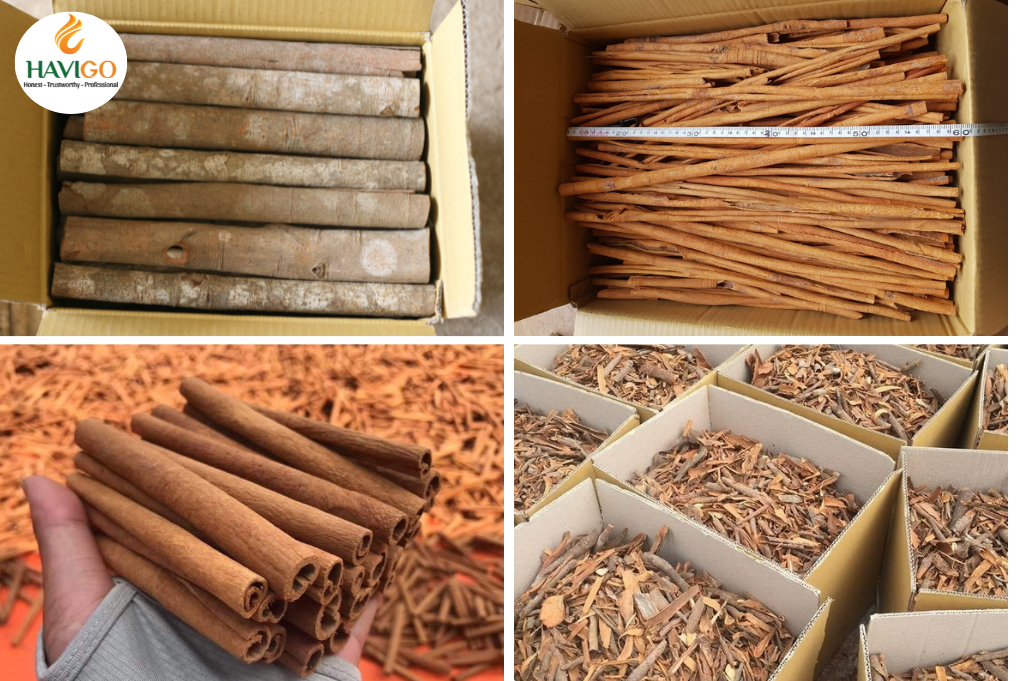
We are confident in our ability to deliver products that consistently meet the highest quality standards while offering competitive pricing within the market. Furthermore, we are committed to providing exceptional customer support throughout your entire experience. Please contact us for better support via WhatsApp: +84 979 58 58 56.
